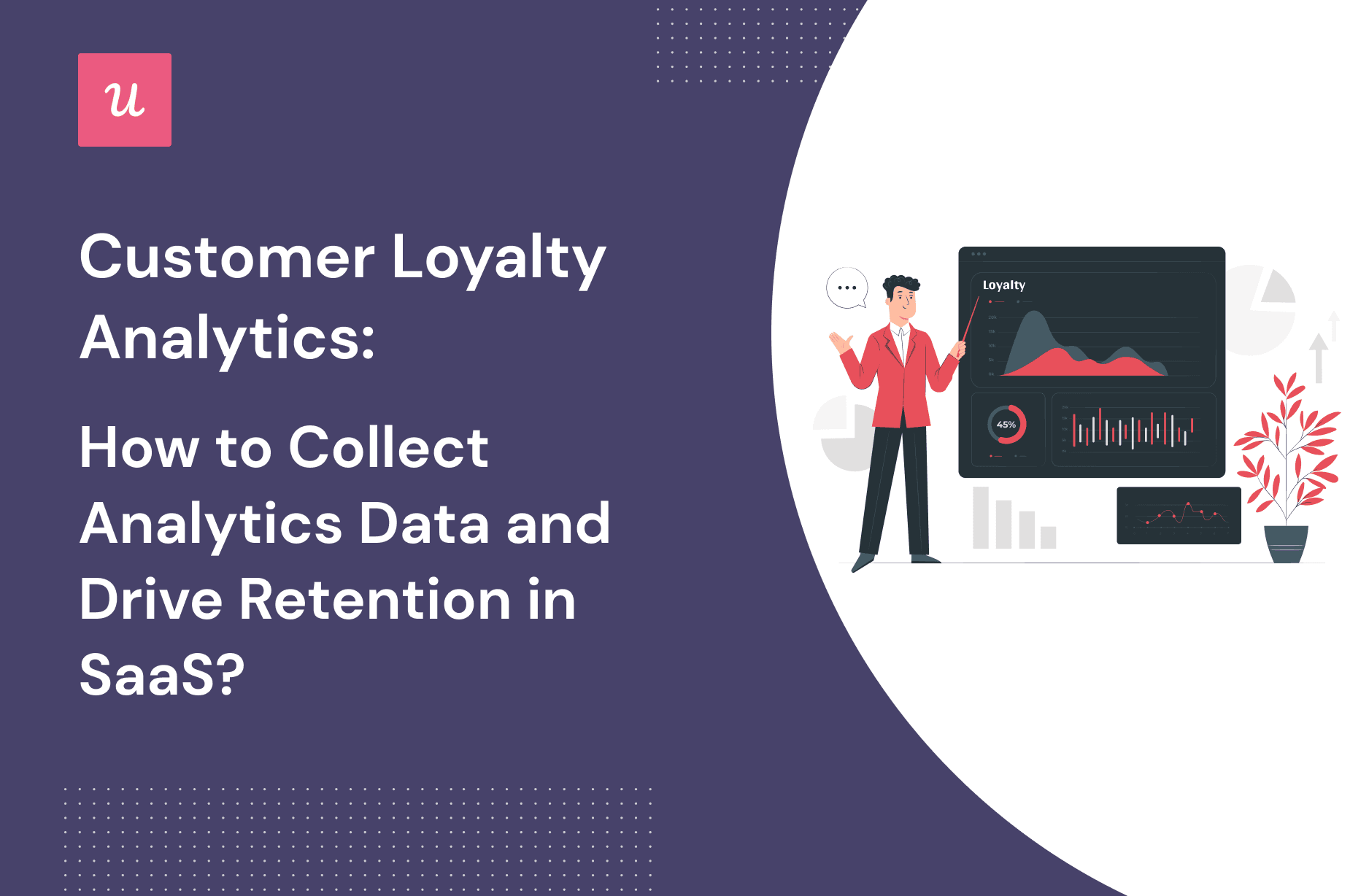Capturing Moments
Your go-to blog for photography tips and inspiration.
Loyalty Retention Analytics: The Secret Sauce for Keeping Customers Hooked
Unlock the secrets of loyalty retention analytics and discover how to keep your customers hooked for life! Dive in now!
Understanding Loyalty Retention Analytics: How to Measure Customer Engagement
Understanding Loyalty Retention Analytics is crucial for businesses aiming to measure customer engagement effectively. By tracking key metrics such as repeat purchase rates, customer lifetime value, and churn rates, companies can gain valuable insights into consumer behavior and preferences. Using tools like customer surveys and engagement scorecards, businesses can analyze data trends and patterns that reveal how engaged customers are with their brand. This data not only highlights areas for improvement but also serves as a foundation for developing effective loyalty programs that resonate with customers.
To get started with measuring customer engagement, consider implementing the following strategies:
- Utilize customer feedback through surveys and reviews to assess satisfaction and identify areas for enhancement.
- Track engagement metrics such as website visits, social media interactions, and email open rates to gain a clearer picture of customer interest.
- Segment your customer base for targeted analysis, enabling personalized marketing efforts that cater to different consumer needs.

Counter-Strike is a popular first-person shooter game that has captivated gamers since its release. Players engage in team-based combat, taking on the roles of terrorists or counter-terrorists. To enhance your gaming experience, you might want to explore various promotions, including the clash promo code that can provide exciting benefits.
Top Strategies for Leveraging Loyalty Data to Boost Retention Rates
To effectively boost retention rates, businesses must start by leveraging loyalty data to gain insights into customer behaviors and preferences. One potent strategy is to segment your customer base using this data, allowing for targeted marketing campaigns that resonate with differing segments. For example, identify your high-value customers and reward them with exclusive offers or early access to new products. Similarly, understanding the purchasing patterns of infrequent customers can help you craft personalized messaging that encourages them to return. Implementing a well-structured loyalty program that aligns with customers' interests not only enhances engagement but also significantly contributes to improved retention rates.
Another effective strategy is to continuously monitor and analyze customer feedback collected through loyalty programs. Utilize this information to adapt and improve your offerings, ensuring they meet the evolving needs of your customers. Consider implementing regular surveys or feedback loops that encourage loyal customers to share their opinions. This engagement fosters a sense of community and belonging, which is crucial for retention. Additionally, showcasing your commitment to customer satisfaction through personalized follow-up communication can strengthen relationships and encourage long-term loyalty. By prioritizing customer feedback as part of your loyalty data strategy, you can create a more responsive and customer-centric business model.
Why Customer Loyalty is Essential for Business Growth: Insights from Analytics
Customer loyalty plays a pivotal role in driving business growth. Analytics have shown that retaining existing customers is significantly less costly than acquiring new ones, as loyal customers tend to have a higher lifetime value. Through metrics such as Net Promoter Score (NPS) and Customer Satisfaction Score (CSAT), businesses can gauge customer sentiment and identify areas for improvement. By understanding purchasing patterns and preferences, companies can tailor their offerings, thereby enhancing the customer experience and fostering loyalty.
Moreover, loyal customers often serve as brand advocates, providing valuable word-of-mouth marketing that can lead to new customer acquisition. According to research, customers who are highly engaged are 23 times more likely to purchase again. Utilizing analytics to segment your customer base can uncover insights into which demographics are most likely to exhibit loyalty, allowing businesses to create targeted marketing strategies. In this way, leveraging analytics to foster customer loyalty is not just beneficial; it is essential for sustainable business growth.